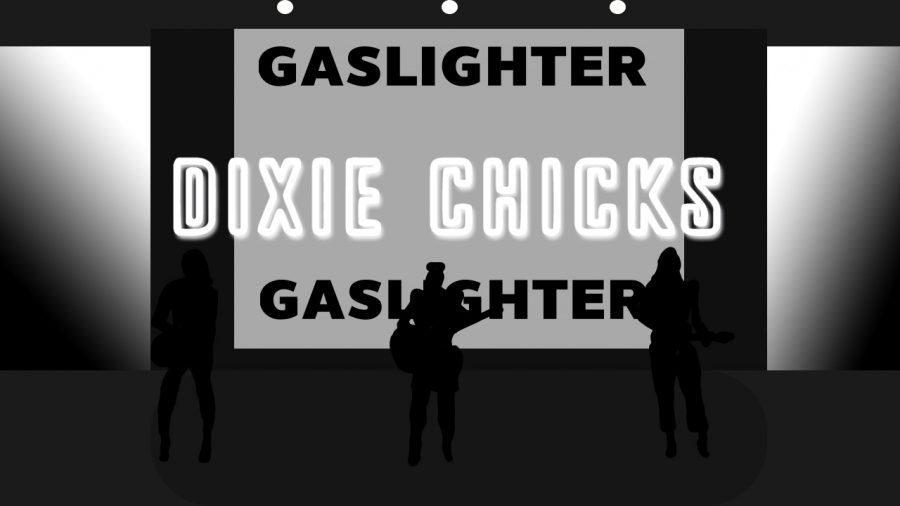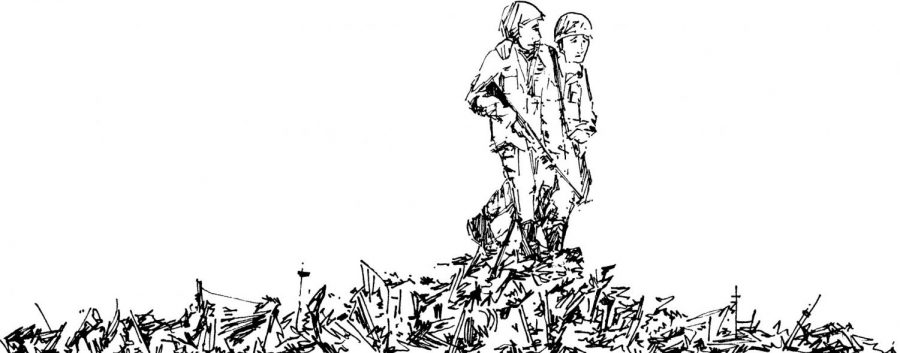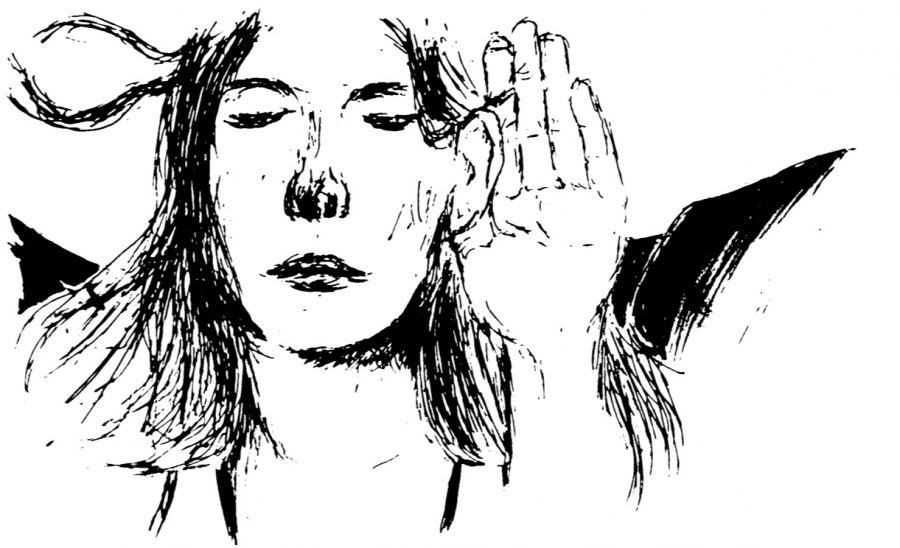
In 1976, rock legend David Bowie moved to West Berlin, ostensibly to clean up, stop using cocaine and get his life back in order. Why anyone would imagine Berlin to be a suitable rehab center is unclear, but despite considerable stacked odds––the city’s wild hedonism, his hard-partying flatmate Iggy Pop, and the disapproval of label executives who wanted safe, marketable Bowie––the ever-changing star not only managed to rise above the spiral of cocaine addiction, he produced an album that experimented with ingenious and avant-garde musical forms.
That album was 1977’s Low, the first of Bowie’s so-called “Berlin Trilogy” and an often-overlooked treasure in Bowie’s decades-long parade of better-known hits. The creation of Low was inextricably bound up in Bowie’s battle with drugs. His emotional and mental turmoil proved a precious gift, imbuing sparse electronic landscapes with painful, haunting vocals. Even the cover art evokes alienation and struggle––Bowie stares ahead in profile with a gaunt, empty expression, on a background of swirling orange clouds. The image is a still from Bowie’s starring role in “The Man Who Fell To Earth,” in which he played––while constantly high––an alien addicted to alcohol and television. A more apt example of life informing art, imitating other art, imitating life could hardly be found.
Low is a meld of Bowie’s experiences and exposure to German expressionist art and electronic music, creating a sound that was revolutionary at the time and a complete departure from the glam-rock and pop of his Ziggy Stardust and Thin White Duke eras. At times, the music pulses strong and vital with wordlessly exuberant tracks like “Speed of Life,” his first-ever instrumental piece and the similarly vibrant “A New Career In A New Town,” which captures the heartbeat of the Berlin disco scene. At other times, the music wanders into exquisite depths of isolation and despair, with the haunting, gritty soundscapes of “Warszawa,” a track lent gravitas by stark accents of layered vocals that evoke crumbling, forgotten monasteries in Eastern Europe. The standout track of the album does not just lie low, but truly underground, with the experimental electronic territory of “Subterraneans.” Throughout the album, Tony Visconti’s production and the co-writing of legendary producer and musician Brian Eno unite with Bowie’s musicianship and freeform vocals to create a landmark sound and atmosphere. For both avid Bowie fans and new listeners, Low is definitely worth revisiting.







